Last weekend my aunt showed me one of her flowers and called it a Ghost Flower. Naturally, I became curious about it and decided to learn more about them. The problem is that there are more than one species referred to as Ghost Flowers, and I couldn't find information about my aunt's specific flower, given that I don't know the species name. Neverhteless, I wanted to write a little about those beings, so here you go!
One of the Ghost Flowers (pictured above) is also known as Ghosts of Summer's Woods, Indian Pipe, Corpse Plant (again this name! Remember when I spoke about them?), Fairy Smoke, Eyebright and Convulsion Weed, among many others. This plant is native to temperate regions of Asia, North America and northern South America, but with large gaps between areas, being generally scarce or rare in occurrence.
Their white color is due to lack of chlorophyll. Since they are parasitic, though, it doesn't make much difference. Its hosts are certain fungi that are mycorrhizal with trees, meaning it ultimately gets its energy from photosynthetic trees. Whereas they don't need sunlight to grow, Ghost Flowers can live in dark areas as in the understory of dense forests. You can understand the eerie feeling of finding one of those in dark corners of woods, huh? As the Indian Pipe matures and begins producing seeds, it straightens out until the blossom is held vertically. The color changes when the plant is fertilized, turning pale pink. The plant can't be picked because its flesh turns black when cut or even bruised. It also oozes a clear, gelatinous substance when harvested.
It was used as a medicine, first by American Indians. They used it as an eye lotion which gave rise to the name "Eyebright". Americans of the last century treated spasms, fainting spells, and nervous conditions with it, which gave rise to the names "Convulsion Weed" and "Fitroot".
But where does the name "Indian Pipe" comes from? Actually, from a Cherokee legend, told below.
"A long time ago, before selfishness came into the world, the Cherokee people were happy sharing the hunting and fishing places with their neighbors. All this changed when Selfishness came into the world and man began to quarrel. The Cherokee Indians quarreled with tribes on the east. Finally the chiefs of several tribes met in council to try to settle the dispute. They smoked the pipe and continued to quarrel for seven days and seven nights. This displeased the Great Spirit because people are not supposed to smoke the pipe until they make peace. As he looked upon the old men with heads bowed, he decided to do something to remind people to smoke the pipe only at the time they make peace.
The Great Spirit turned the old men into greyish flowers now called 'Indian Pipes' and he made them grow where friends and relatives had quarreled. He made the smoke hang over these mountains until all the people all over the world learn to live together in peace."
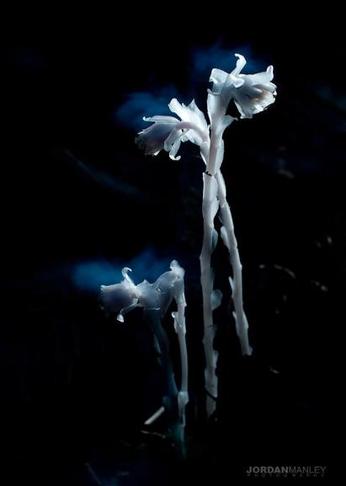
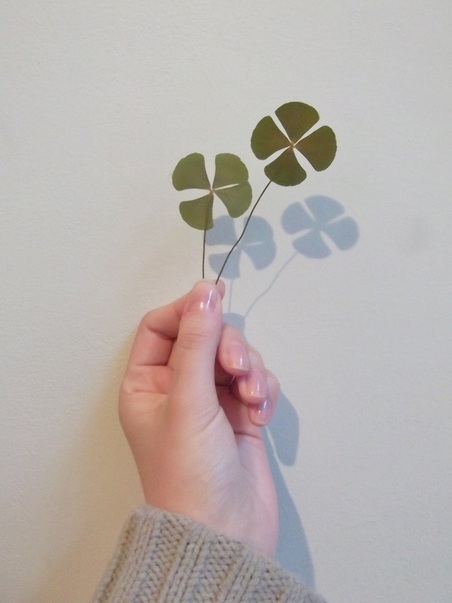

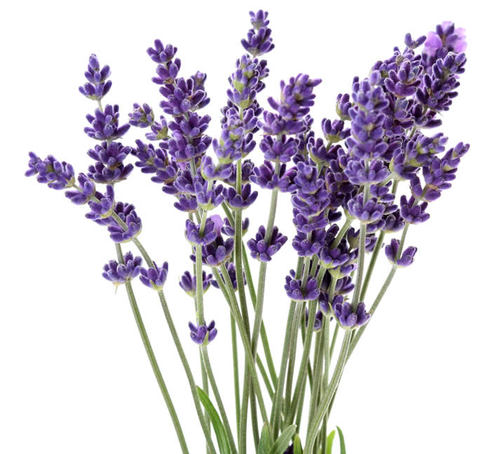
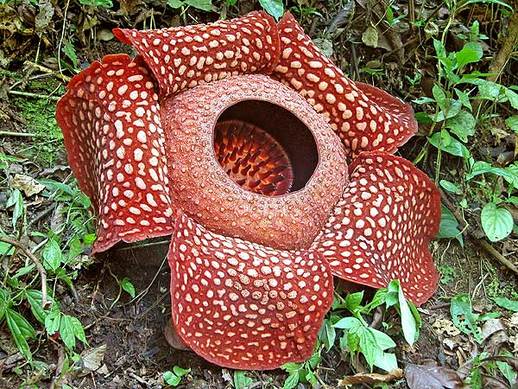
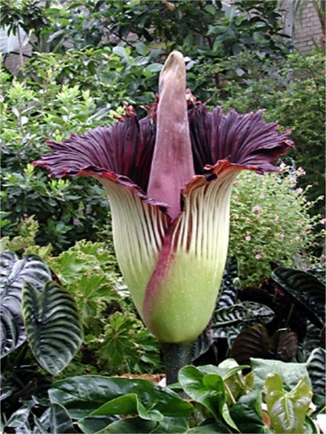
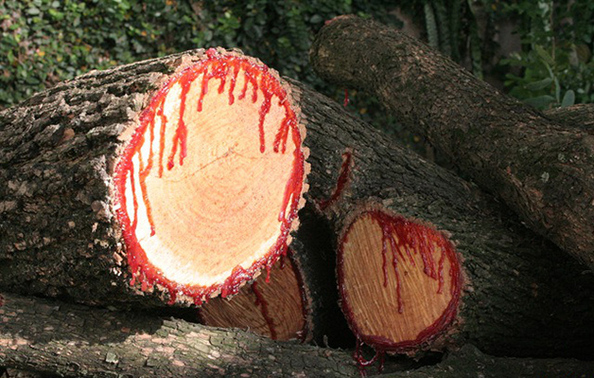
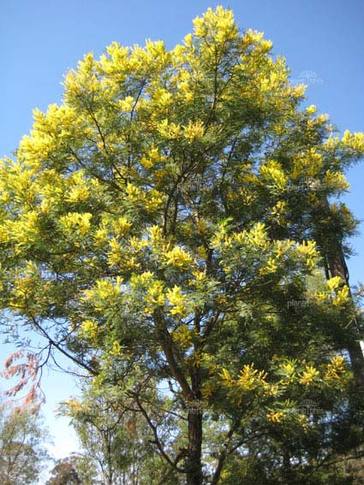
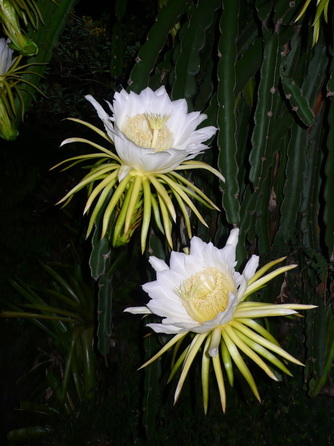
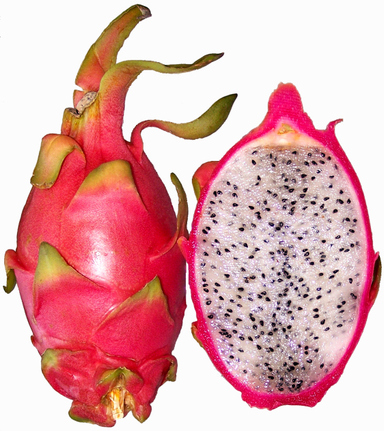
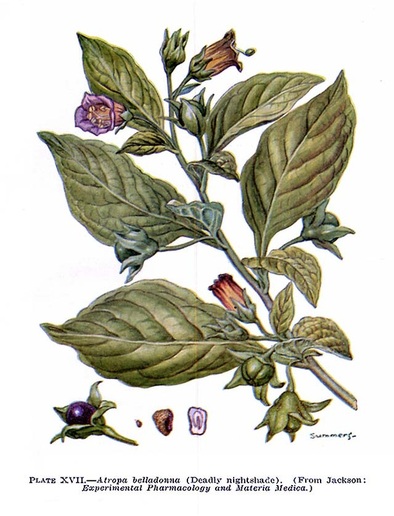
 RSS Feed
RSS Feed